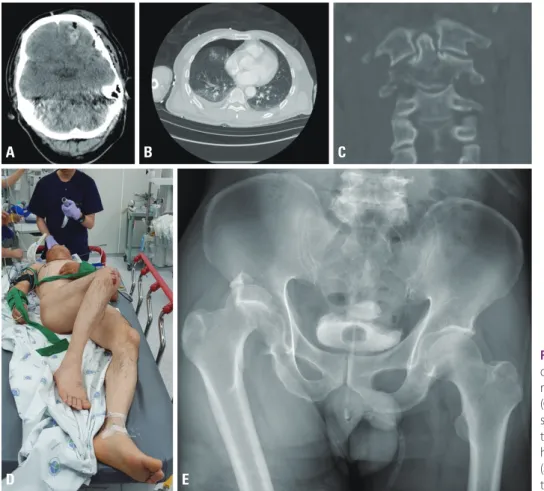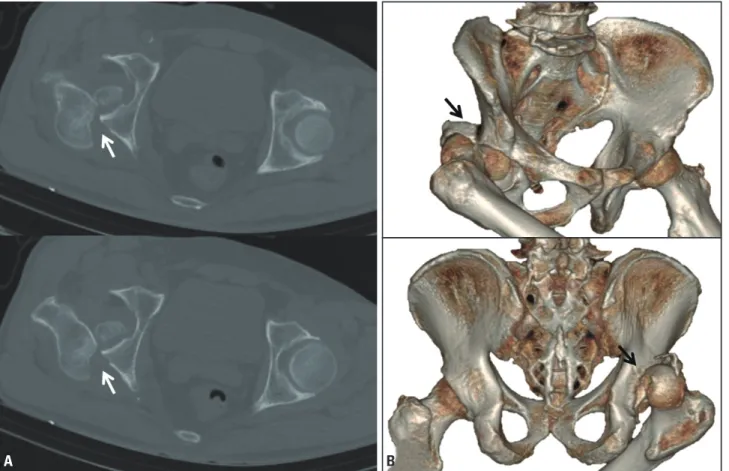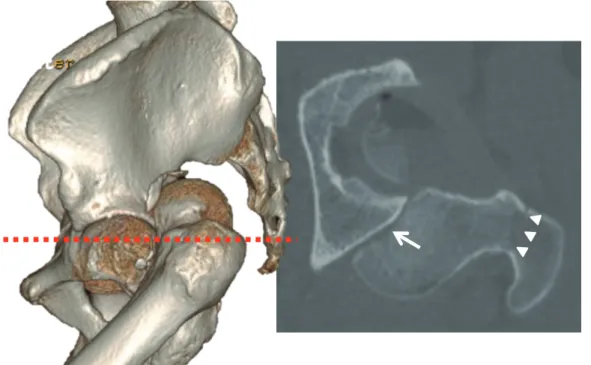Received: July 9, 2018 Revised: September 14, 2018 Accepted: September 22, 2018 Trauma and InJury
Correspondence to
Chang-Wug Oh, M.D., Ph.D.
Department of Orthopaedic, Kyungpook National University Hospital, School of Medicine, Kyungpook National University, 130 Dongdeok-ro, Jung-gu, Daegu 41944, Korea
Tel: +82-53-420-5630 Fax: +82-53-422-6605 E-mail: cwoh@knu.ac.kr
an Irreducible Hip dislocation with femoral Head fracture
Tae-Seong Kim, M.D.
1,2, Chang-Wug Oh, M.D., Ph.D.
1,2, Joon-Woo Kim, M.D., Ph.D.
1,2, Kyeong-Hyeon Park, M.D.
1,21
Regional Trauma Center, Kyungpook National University Hospital, Daegu, Korea
2




